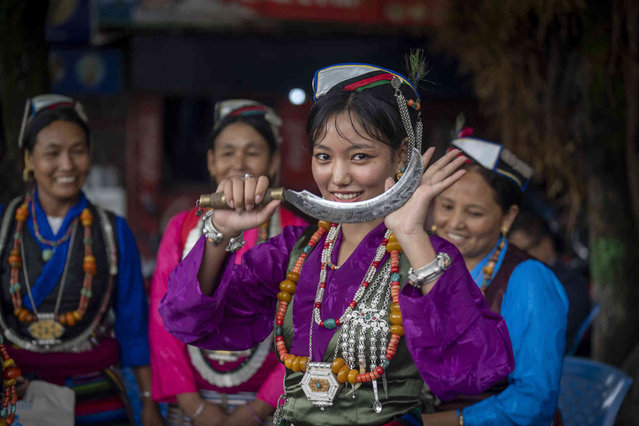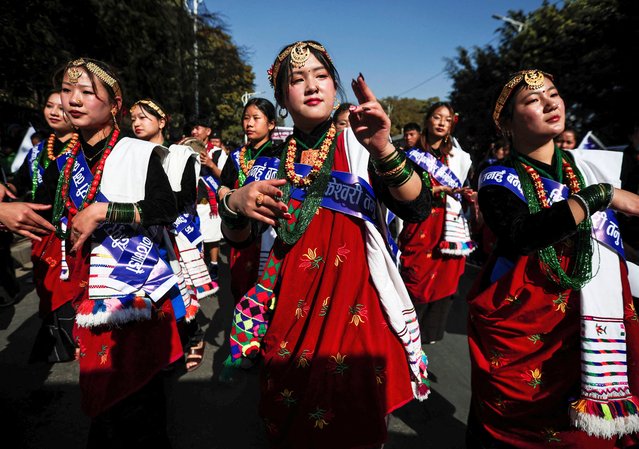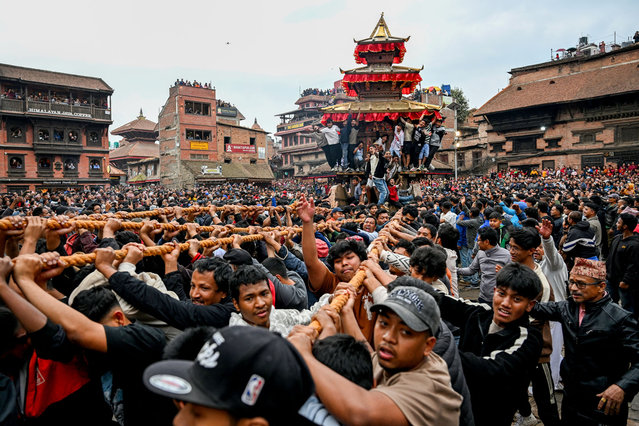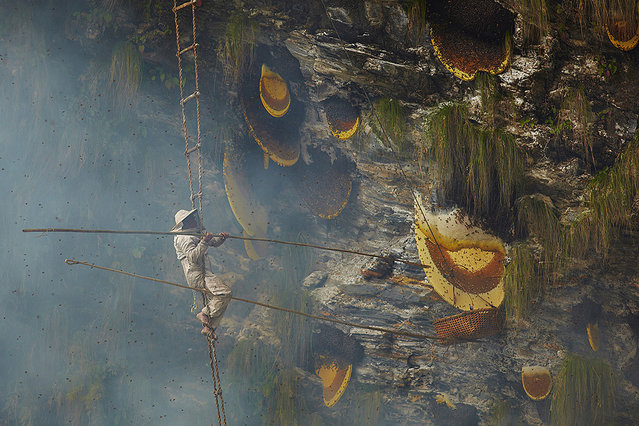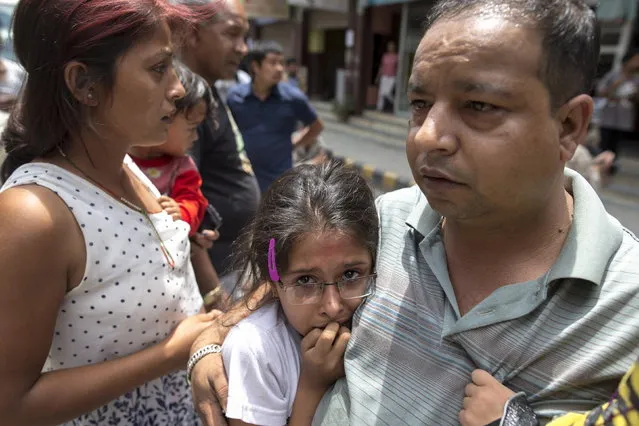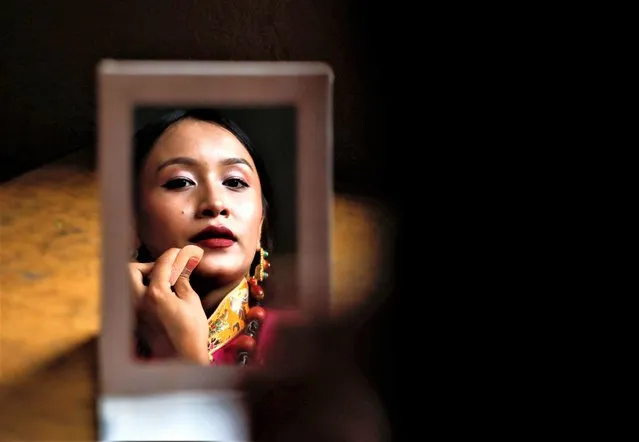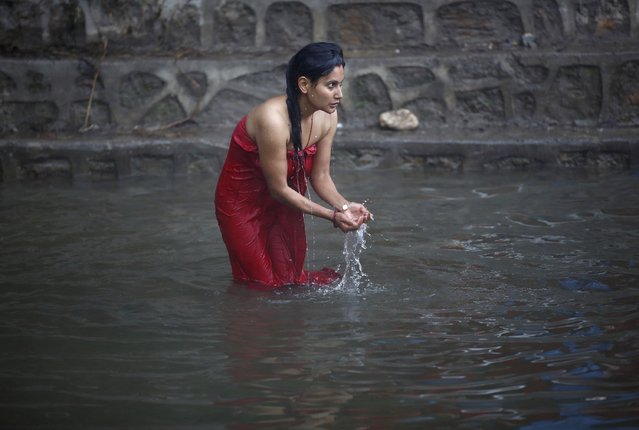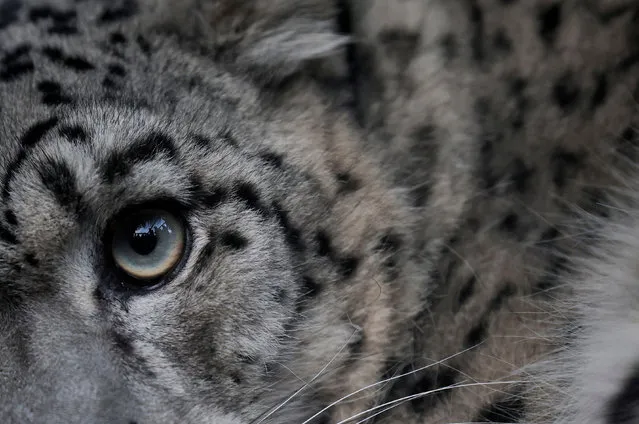
A snow leopard looks on from an inside of a cage, after being captured from the southern plains of Nepal and brought to the central zoo, which wildlife experts say is rare for the animal that is found in the higher altitude, in Kathmandu, Nepal on January 26, 2024. (Photo by Navesh Chitrakar/Reuters)
03 Feb 2024 08:21:00,post received
0 comments

